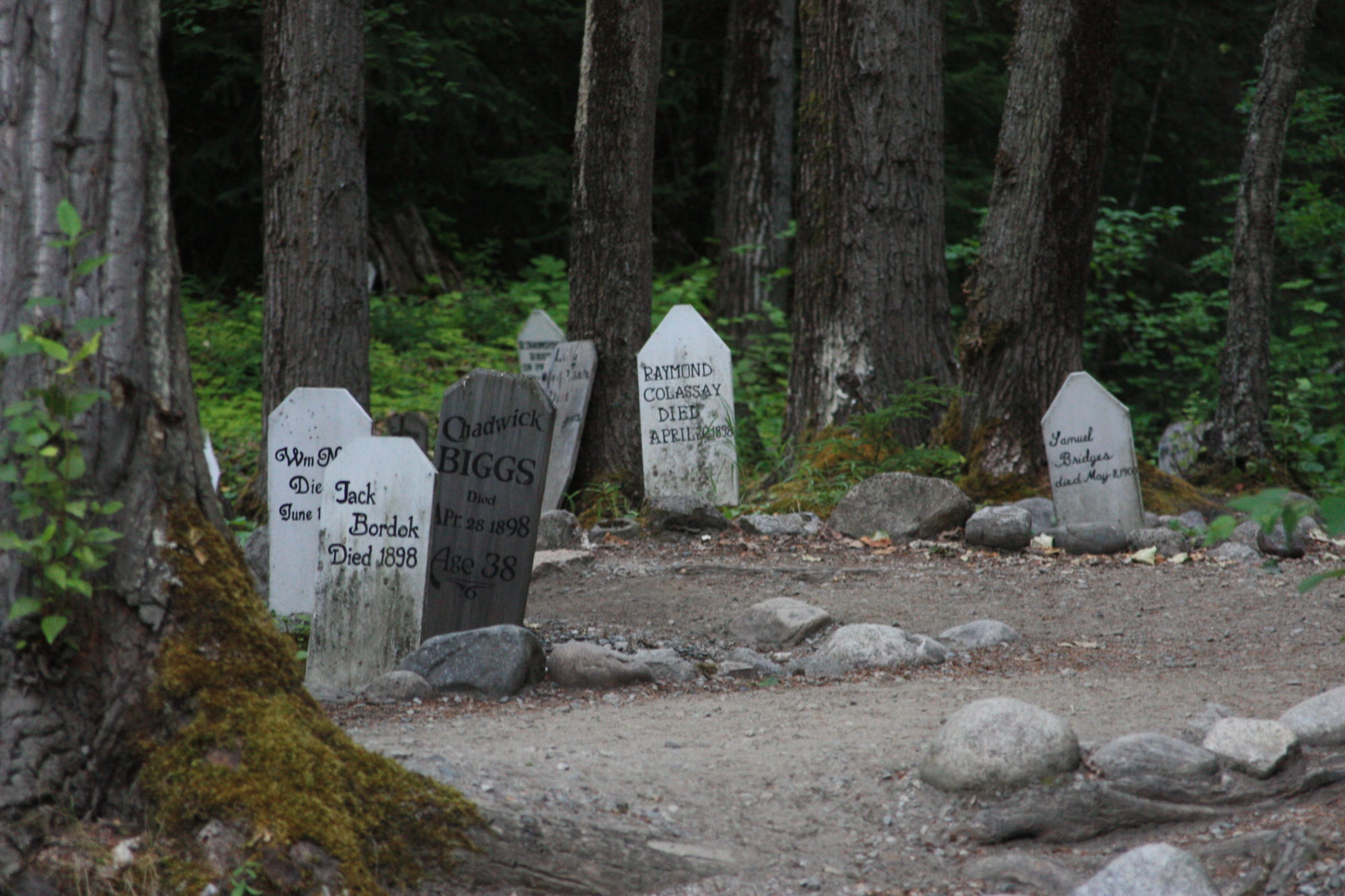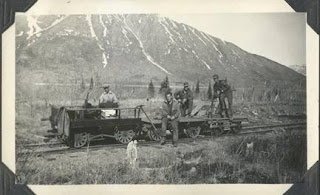Mr. Graves was born in 1852 in Chicago, Illinois. He came to Skagway as the President of White Pass in 1898. He drove the ceremonial golden spike which finished the railroad line from Skagway to Whitehorse. This happened at Carcross on July 29, 1900.
So much has been written of him and his work supervising the 35,000 workers who built the railroad that I would not know where to begin.
Seen above is the administration building that once housed the offices of the White Pass President and staff. Today it is the administration building of the National Park Service. Graves’ office is the corner office overlooking the station and the harbor and is now the park’s Superintendent’s office. The office next to that was the railroad’s chief of operations but is now the park’s chief of administration (my husband, Reed). Some winter evenings when I go over to meet him for our walk home, the office is quiet and yet the ghosts of those great men linger on, I can almost smell the cigar smoke…
Graves died on this day, November 11, 1911 of a heart attack in Ottawa but is buried in the Graceland Cemetery in Chicago.
On the White Pass Payroll by Graves, 1908, Chicago; Minter










